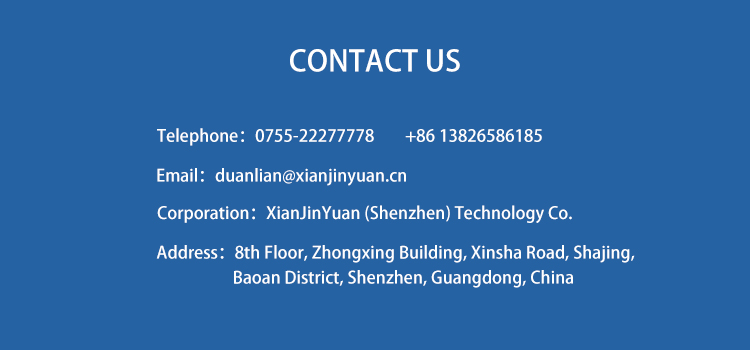Injection molded absorbing materialIt is a material with absorption and isolation function produced by injection molding process. The injection molding process injects melted plastic material into the mold under high pressure, and then fills the mold with plastic material under high pressure. After cooling, it can form the desired shape of the object. The production process is simple and convenient, and it can be mass-produced.
The application of injection molded absorbing materials is very extensive, with great market demand in military, communication, automation, industrial control and other fields. This article will introduce the characteristics, material selection, manufacturing process, and application fields of injection molded absorbing materials.
1、 Characteristics of injection molded absorbing materials
1. Wide range of materials: produced using injection molding technology
AbsorberSuitable materials can be selected according to needs, such as polystyrene (PS), polypropylene (PP), ABS plastic, thermoplastic elastomer (TPE), etc., with a wide range of applications.
2. Good absorption: Injection molded absorbing materials use metal composite materials or composite absorbing materials, which have special electromagnetic wave absorption capabilities and good absorption effects in specific frequency bands.
3. Convenient molding: The use of injection molding technology can achieve efficient mass production, stable and consistent absorption effect, and the molding process is carried out in a closed system that is not affected by external factors, making it easy to control different parameters and manufacture products with similarity.
4. Good sealing: Injection molded absorbing materials have good sealing and moisture resistance, and can ensure the absorption effect remains unchanged even in harsh environments, protecting surrounding electronic devices from interference.
5. Low cost: Injection molded absorbing materials are produced using a simple process and low-cost consumables, resulting in lower prices and suitable for mass production and low-cost electronic products.
2、 Material selection of injection molded absorbing materials
1. Polystyrene (PS): PS is a commonly used injection molded absorbing material with good formability and low cost, making it suitable for producing large quantities of absorbing materials. It has good absorption effect and can be used for low-frequency electromagnetic wave absorption.
2. Polypropylene (PP): PP is a high melting point injection molded absorbing material. Although it is difficult to form, it has good heat and chemical resistance after molding, making it suitable for use in harsh environments.
3. ABS plastic: ABS plastic has good toughness and impact resistance, and has a smooth surface after molding. It is also easy to maintain and is very suitable for manufacturing shells with absorption requirements.
4. Thermoplastic elastomer (TPE): TPE is a type of material with good elasticity
Injection molded absorbing materialApplied in the fields of optical instruments, communication equipment, and noise control, the material itself has sound absorption, sound insulation, and absorption properties.
5. Other materials: In practical applications, suitable materials such as PC, PA, PET, etc. can also be selected according to needs.
.jpg)
3、 Manufacturing process of injection molded absorbing materials
1. Mold manufacturing: In order to achieve higher manufacturing accuracy of injection molded absorbing materials, high-precision molds need to be manufactured. In mold design, various unconventional shapes and placement schemes of conductive filling materials need to be considered.
2. Injection molding process: In the early stage of manufacturing injection molded buckle plates, it is necessary to determine the suitable injection molding process based on factors such as the selected filling material, resin type, and specific shape of the product.
3. Finished product inspection: After manufacturing the injection molded absorbing material product, it is necessary to conduct a finished product inspection to ensure that its absorbing effect meets the standards. Due to the application of absorbing materials in the electronic field, the inspection of finished products also needs to consider relevant standards in the field and industry.
4、 Application fields of injection molded absorbing materials
1. Electromagnetic wave isolation: Injection molded absorbing materials are widely used in military systems, aviation systems, communication equipment, consumer electronics, and other fields, mainly for signal isolation, electromagnetic wave absorption, interference attenuation, and other aspects.
2. Plastic shell: Injection molded absorbing materials are widely used in the manufacturing of plastic shells. Some electronic devices with absorbing properties can be covered with a layer of injection molded absorbing materials on the shell, which can effectively shield and isolate them.
3. Device packaging: Injection molded absorbing materials are manufactured using injection molding technology, making them easy to process into various shapes of products. They can be used for packaging electronic components such as absorbing isolation chips, antennas, PCB boards, etc.
4、 Conclusion
In summary, injection molded absorbing materials have the advantages of simple manufacturing process, low price, and convenient molding. Moreover, due to its ability to use metal composite materials or composite absorbing materials, its absorption effect is more ideal. Therefore, the application of injection molded absorbing materials in various electronic device fields is becoming increasingly widespread.



.jpg)

